Browse "Indigenous Peoples"
-
Article
Gustafsen Lake Standoff
The Gustafsen Lake Standoff was a month-long conflict (18 August–17 September 1995) between a small group of First Nations Sun Dancers and the Royal Canadian Mounted Police (RCMP). The standoff took place in central British Columbia, in Secwepemc (Shuswap) territory near 100 Mile House. Sparked by a dispute between a local rancher and a camp of Sun Dancers over access to private land for ceremonial purposes, the armed confrontation raised larger questions of Indigenous land rights in British Columbia. On 11 September 1995, in what was later called the largest paramilitary operation in the history of the province, RCMP surrounded the remote camp and a firefight erupted during which, remarkably, no one was seriously injured. The standoff at Gustafsen Lake is perhaps the least known in a series of localized armed conflicts involving Indigenous peoples in the 1990s that included the Oka and Ipperwash crises in Quebec and Ontario, respectively.
"https://d2ttikhf7xbzbs.cloudfront.net/media/media/a91c62c3-627d-4cbc-bc37-75fe1f9ee255.jpg" // resources/views/front/categories/view.blade.php
https://d2ttikhf7xbzbs.cloudfront.net/media/media/a91c62c3-627d-4cbc-bc37-75fe1f9ee255.jpg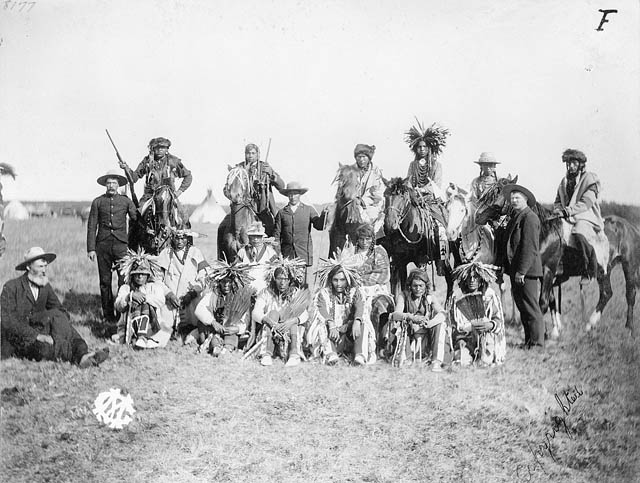
-
Article
Dinjii Zhuh (Gwich'in)
Dinjii Zhuh (also Gwich’in, formerly Kutchin), meaning “one who dwells (in)” or “the inhabitant of,” are Dene (Athabaskan)-speaking Indigenous peoples who live in northwestern North America. These communities are often referred to collectively as Dinjii Zhuh, although some First Nations and the Gwich’in Tribal Council retain the Gwich’in name. The estimated population of the 15 Dinjii Zhuh communities in the Northwest Territories, Yukon and Alaska is between 6,000 and 9,000 people. In the 2021 census, 3,170 people claimed to be of Gwich’in ancestry.
"https://d2ttikhf7xbzbs.cloudfront.net/media/media/850202e1-ea95-4b88-83fb-b126572b0791.jpg" // resources/views/front/categories/view.blade.php
https://d2ttikhf7xbzbs.cloudfront.net/media/media/850202e1-ea95-4b88-83fb-b126572b0791.jpg
-
Article
Haisla (Kitamaat)
The Haisla are a First Nation in Canada. The Haisla Nation is made up of two historic bands, the Kitamaat of upper Douglas Channel and Devastation Channel and the Kitlope of upper Princess Royal Channel and Gardner Canal in British Columbia. The Kitamaat call themselves Haisla ("dwellers downriver"); and the Kitlope, Henaaksiala ("dying off slowly"), a reference to their traditional longevity. The official designations Kitamaat ("people of the snow") and Kitlope ("people of the rocks") were adopted from the names used by the Tsimshian to refer to their Haisla neighbours.
"https://d2ttikhf7xbzbs.cloudfront.net/haisla.jpg" // resources/views/front/categories/view.blade.php
https://d2ttikhf7xbzbs.cloudfront.net/haisla.jpg
-
Article
Tr'ondëk Hwëch'in (Han)
Han territory traditionally straddled the Yukon-Alaska boundary, extending along the Yukon River from about 20 km south of Dawson northward to about 50 km south of Circle, Alaska.
"https://d2ttikhf7xbzbs.cloudfront.net/media/media/7d2699bc-260f-4b3e-b27a-f0d430e23030.jpg" // resources/views/front/categories/view.blade.php
https://d2ttikhf7xbzbs.cloudfront.net/media/media/7d2699bc-260f-4b3e-b27a-f0d430e23030.jpg
-
Article
Handsome Lake Religion
The Handsome Lake Religion is a religion practised by some Haudenosaunee communities in Canada and the US. Its members are known as "the Longhouse people" because ceremonies are held in a longhouse. Its beliefs and practices are a blend of Indigenous traditions and innovations introduced by the Seneca prophet Handsome Lake who preached from 1799 until his death in 1815.
"https://development.thecanadianencyclopedia.ca/images/tce_placeholder.jpg?v=e9dca980c9bdb3aa11e832e7ea94f5d9" // resources/views/front/categories/view.blade.php
https://development.thecanadianencyclopedia.ca/images/tce_placeholder.jpg?v=e9dca980c9bdb3aa11e832e7ea94f5d9
-
Article
K'asho Got'ine (Hare)
K’asho Got’ine are Dene traditionally occupying territory along the lower Mackenzie River valley of the Northwest Territories. Fort Good Hope and Déline (Fort Franklin) are now the major population centres of the K'asho Got'ine.
"https://d2ttikhf7xbzbs.cloudfront.net/media/media/7d34c6c1-db64-4b7f-81cd-4ec1f0e07b84.jpg" // resources/views/front/categories/view.blade.php
https://d2ttikhf7xbzbs.cloudfront.net/media/media/7d34c6c1-db64-4b7f-81cd-4ec1f0e07b84.jpg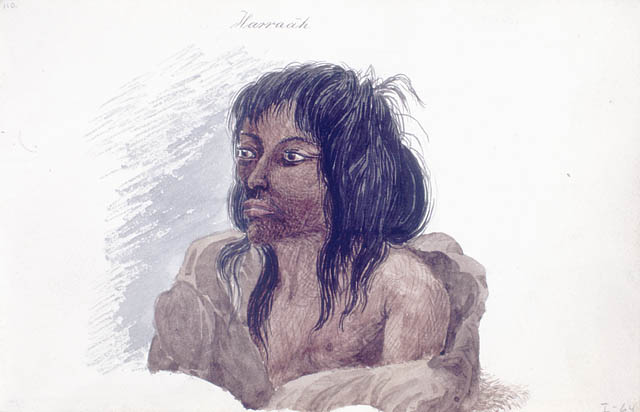
-
Article
Harold Cardinal
Harold Cardinal, Cree chief, lawyer, author (born on 27 January 1945 in High Prairie, AB; died on 3 June 2005 in Edmonton, AB). An Indigenous rights activist, Cardinal was a leader in the movement against the 1969 White Paper, which sought to do away with Indian Status and treaty rights. Cardinal was actively involved in Indigenous politics for much of his life and is remembered as a strong and inspirational leader.
"https://d2ttikhf7xbzbs.cloudfront.net/media/media/e9e4a925-a033-404d-9819-a3bb46fe9c8e.jpg" // resources/views/front/categories/view.blade.php
https://d2ttikhf7xbzbs.cloudfront.net/media/media/e9e4a925-a033-404d-9819-a3bb46fe9c8e.jpg
-
Article
Heiltsuk (Bella Bella)
The Heiltsuk are an Indigenous people who have occupied a part of the central coast of British Columbia in the vicinity of Milbanke Sound and Fisher Channel. Historically, Europeans referred to the Heiltsuk as the Bella Bella, a term anglicized from the name of a site located near the present-day community of the same name. As of January 2025, the registered population of the Heiltsuk Nation was 2,532.
"https://d2ttikhf7xbzbs.cloudfront.net/media/media/87388b37-bcec-40b0-a9fc-ad9c720c065a.jpg" // resources/views/front/categories/view.blade.php
https://d2ttikhf7xbzbs.cloudfront.net/media/media/87388b37-bcec-40b0-a9fc-ad9c720c065a.jpg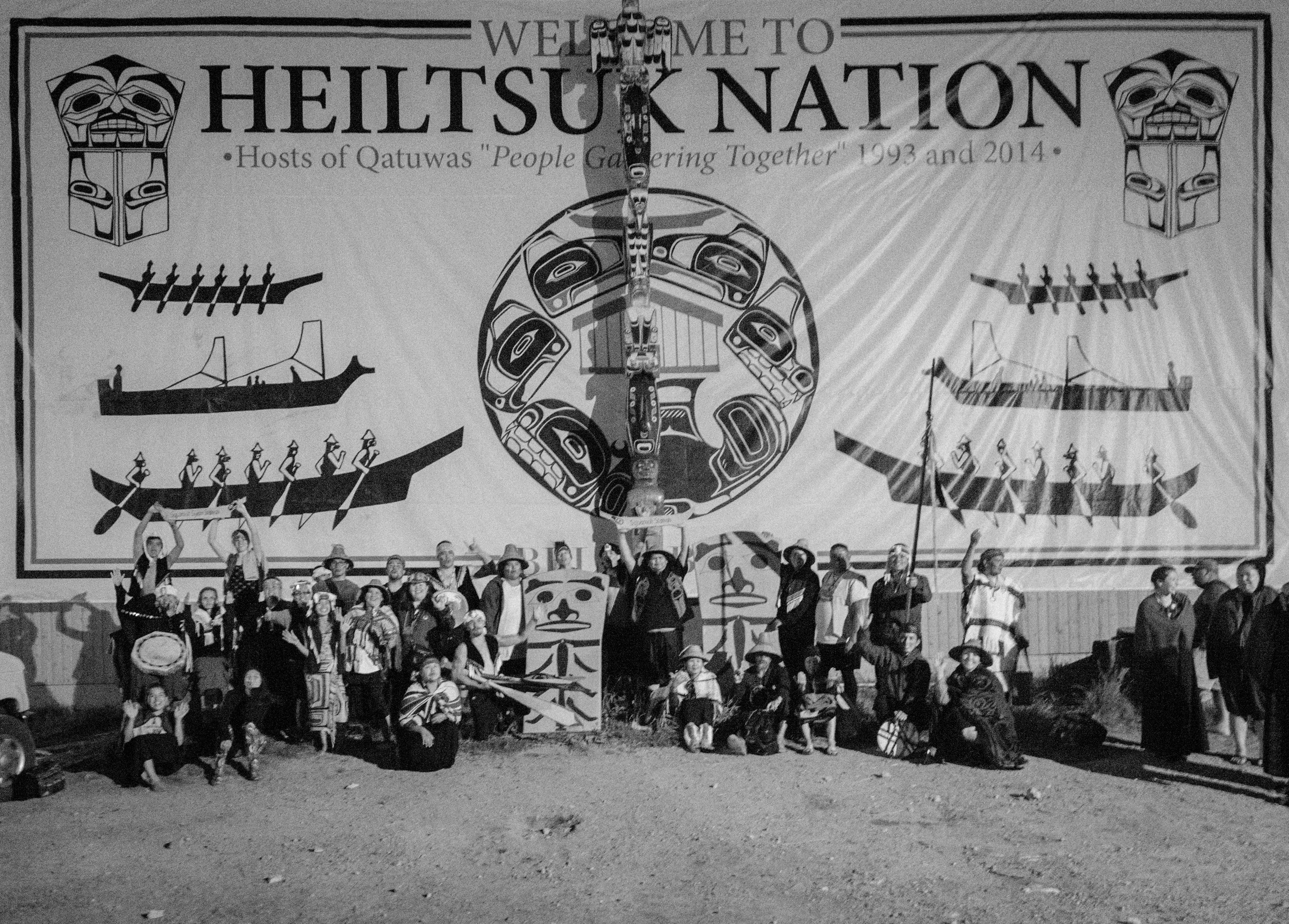
-
Article
Helen Mamayaok Maksagak
Helen Mamayaok Maksagak, CM, politician, public servant, community leader (born 15 April 1931 in Bernard Harbour, NT [NU]; died 23 January 2009 in Cambridge Bay, NU). Maksagak was the first woman and Inuk to serve as the commissioner of the Northwest Territories. A vocal and engaged advocate for Inuit affairs, she contributed to efforts to establish Nunavut as Canada’s third territory in the 1990s. In March of 1999, she was chosen as the first commissioner of the newly created Nunavut territory; her term lasted until March 2000. Maksagak returned to a formal political role in November 2005, when she was appointed deputy commissioner of Nunavut. In addition to her political career, Maksagak performed advocacy work, focusing on Inuit and, more broadly, Indigenous initiatives, such as improving access to social services.
"https://d2ttikhf7xbzbs.cloudfront.net/media/media/4fc58d24-f4e6-464b-92bf-c9647246118f.jpg" // resources/views/front/categories/view.blade.php
https://d2ttikhf7xbzbs.cloudfront.net/media/media/4fc58d24-f4e6-464b-92bf-c9647246118f.jpg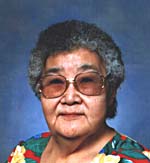
-
Article
Hesquiaht
The Hesquiaht are Indigenous people residing on the west coast of Vancouver Island. “Hesquiaht” is an English version of the Nuu-chah-nulth word, heish-heish-a, which means, “to tear asunder with the teeth.” This refers to the technique of stripping herring spawn away from eel grass, which grew near Hesquiaht territory. Part of the Nuu-chah-nulth Tribal Council, the Hesquiaht number 756 registered members, as of 2021.
"https://d2ttikhf7xbzbs.cloudfront.net/media/media/5033f088-bc6f-4caf-9986-73989a1f9035.jpg" // resources/views/front/categories/view.blade.php
https://d2ttikhf7xbzbs.cloudfront.net/media/media/5033f088-bc6f-4caf-9986-73989a1f9035.jpg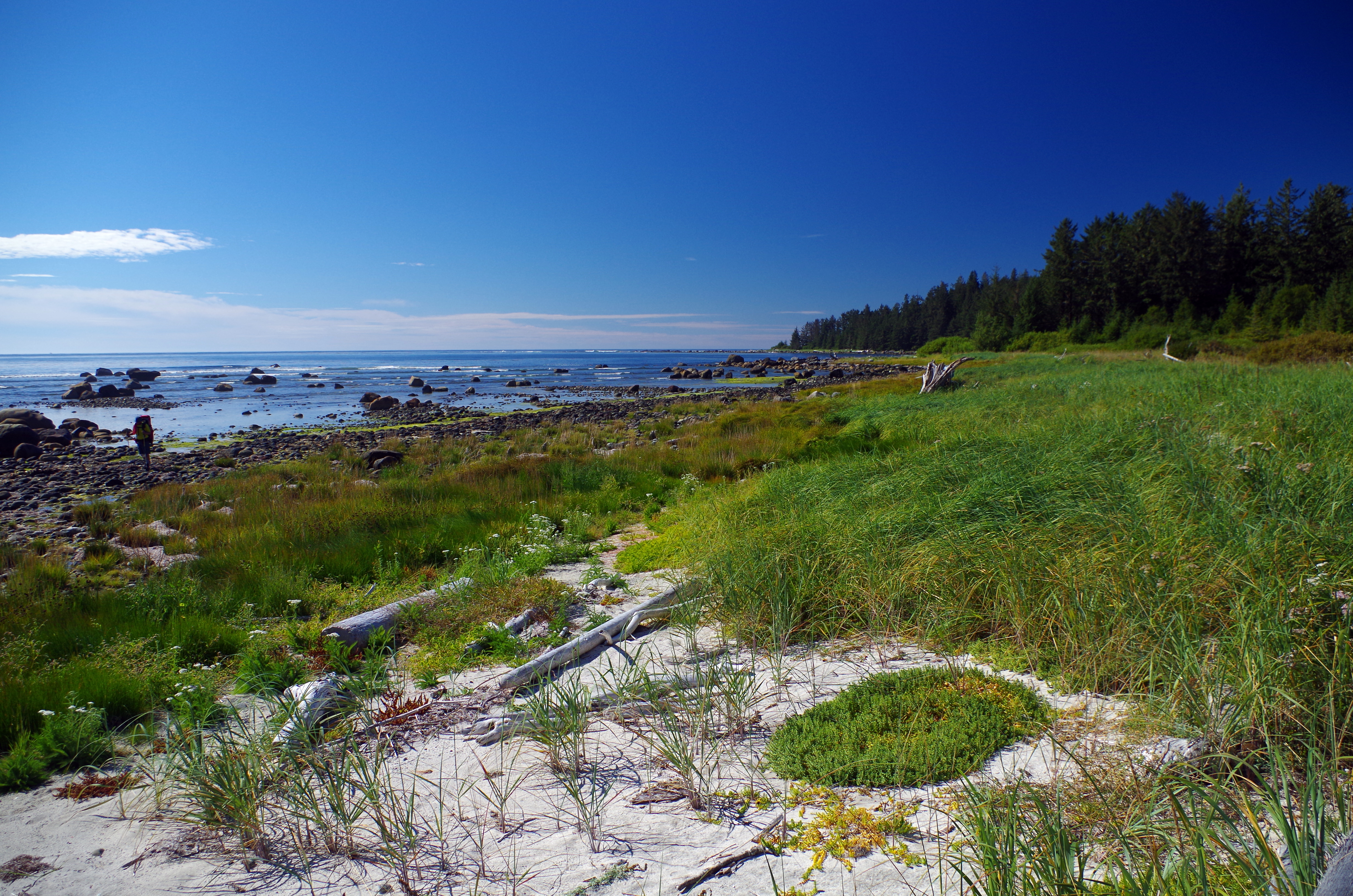
-
Article
Highway of Tears
The Highway of Tears refers to a 724 km length of Yellowhead Highway 16 in British Columbia where many women (mostly Indigenous) have disappeared or been found murdered. The Highway of Tears is part of a larger, national crisis of missing and murdered Indigenous women and girls. In 2015, the federal government launched a national inquiry into these cases. This article contains sensitive material that may not be suitable for all audiences.
"https://d2ttikhf7xbzbs.cloudfront.net/media/media/1f33c6d4-24d9-4dfa-9de4-11d8765e2ad3.jpg" // resources/views/front/categories/view.blade.php
https://d2ttikhf7xbzbs.cloudfront.net/media/media/1f33c6d4-24d9-4dfa-9de4-11d8765e2ad3.jpg
-
Article
Wendat (Huron)
The Wendat (also known as Huron-Wendat) are an Iroquoian-speaking nation that have occupied the St. Lawrence Valley and estuary to the Great Lakes region. “Huron” was a nickname given to the Wendat by the French. It means “boar’s head” from the hairstyle of Wendat men, or “lout” and “ruffian” in old French. Their confederacy name was Wendat (Ouendat) meaning “island dwellers.” During the fur trade, the Wendat were allies of the French and enemies of the Haudenosaunee. Following a series of 17th century armed conflicts, the Wendat were dispersed by the Haudenosaunee in 1650. However, the Wendat nation (Nation Huronne-Wendat) still remains, and is located in Wendake, Quebec. According to the 2021 census, 6,980 people claimed Wendat ancestry.
"https://d2ttikhf7xbzbs.cloudfront.net/media/media/a43e1780-4228-4ae0-9f38-d3b41d7d0a69.jpg" // resources/views/front/categories/view.blade.php
https://d2ttikhf7xbzbs.cloudfront.net/media/media/a43e1780-4228-4ae0-9f38-d3b41d7d0a69.jpg
-
Article
Huron-Wendat of Wendake
In 1697, several Huron-Wendat settled in what became known as Wendake. One of the Seven Nations, the Huron-Wendat were allies of the French until 1760, then of the British. Today, the Huron-Wendat of Wendake are among the most urbanised and most prosperous Indigenous communities in Quebec.
"https://d2ttikhf7xbzbs.cloudfront.net/media/media/3f17d7da-74d5-4ac2-bd62-148f29f3880a.jpg" // resources/views/front/categories/view.blade.php
https://d2ttikhf7xbzbs.cloudfront.net/media/media/3f17d7da-74d5-4ac2-bd62-148f29f3880a.jpg
-
Article
Huu-ay-aht
The Huu-ay-aht First Nation, located along the west coast of Vancouver Island, British Columbia, numbers 725 registered members, as of December 2021. The Huu-ay-aht are a Nuu-chah-nulth nation and are self-governing under the Maa-nulth Treaty.
"https://d2ttikhf7xbzbs.cloudfront.net/media/media/4013e0fd-5d11-404f-9758-747fc9757c55.jpg" // resources/views/front/categories/view.blade.php
https://d2ttikhf7xbzbs.cloudfront.net/media/media/4013e0fd-5d11-404f-9758-747fc9757c55.jpg
-
Article
Idle No More
With roots in the Indigenous community, Idle No More began in November 2012 as a protest against the introduction of Bill C-45 by Stephen Harper’s Conservative government. Formally known as the Jobs and Growth Act, this omnibus legislation affected over 60 acts, including the Indian Act, Navigable Waters Protection Act and Environmental Assessment Act. Idle No More activists argued that the Act’s changes diminished the rights and authority of Indigenous communities while making it easier for governments and businesses to push through projects without strict environmental assessment. The movement quickly gained supporters from across Canada (and abroad), and grew to encompass environmental concerns and Indigenous rights more generally. This is the full-length entry about Idle No More. For a plain-language summary, please see Idle No More (Plain-Language Summary).
"https://d2ttikhf7xbzbs.cloudfront.net/media/media/00339332-5ac9-4b3b-8578-b7200b7db6fc.jpg" // resources/views/front/categories/view.blade.php
https://d2ttikhf7xbzbs.cloudfront.net/media/media/00339332-5ac9-4b3b-8578-b7200b7db6fc.jpg
